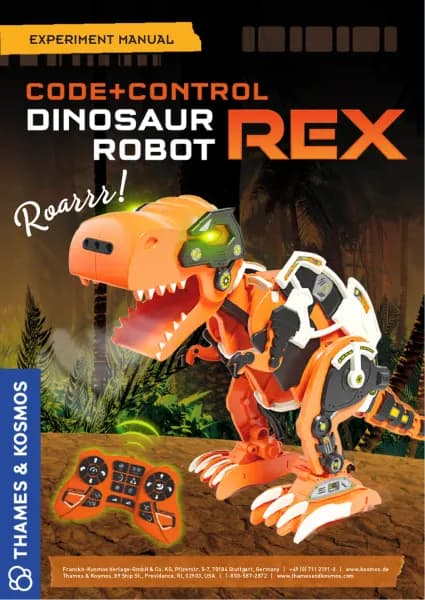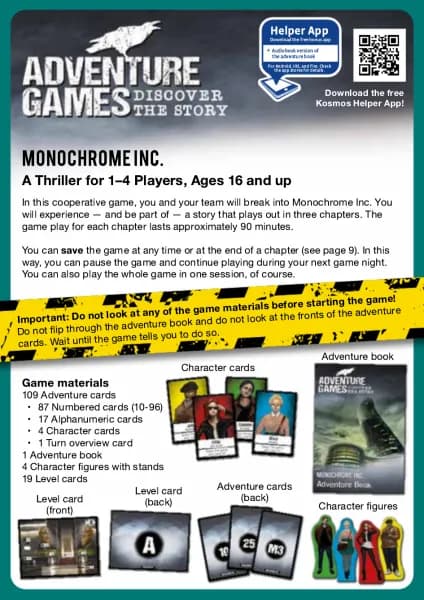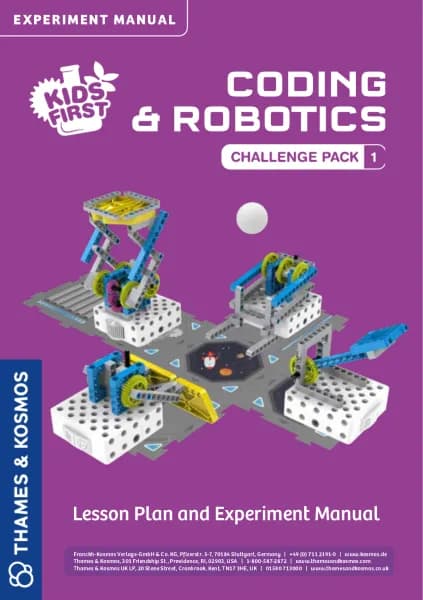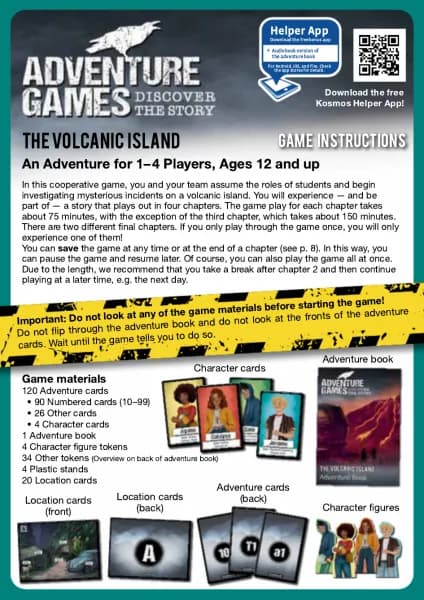Thames & Kosmos Pepper Mint in the Fantastic Underwater Science Voyage handleiding
Handleiding
Je bekijkt pagina 13 van 36

GOOD TO KNOW
Water can transmit forces because it can’t be
compressed — unlike air, which can be compressed
up to a certain point. Water, and liquids in general,
aren’t compressible because the molecules are
packed closer together in a liquid than in a gas. The
branch of physics that studies this phenomenon is
known as “hydraulics.”
WHY DO SHIPS FLOAT?
When an object enters a body of water, it pushes
water molecules aside as it enters the water. A ship
will float if the water that it displaces weighs more
than the vessel itself. Even though ships can weigh
many thousands of tons, their shapes are cleverly
designed to allow them to displace enough water to
allow them to float.
Try out this experiment: Fill your tub with water,
then take some modeling clay and shape some of it
into a ball and some of it into a small boat. The ball
will sink, while the boat will float on top of the
water. The boat displaces more water than the ball.
4
Place the full syringe, with the plunger pulled
out, into the syringe holder. To do this, carefully
thread the tube through one of the holes, pulling
it down gently from above, until the syringe is
suspended from the holder. Place an empty
syringe, with the plunger fully pushed in, into a
hole at the other side of the holder and connect
the free end of the tube that’s filled with water to
the empty syringe.
4
?
WHAT’S HAPPENING
When you carefully press the protruding
plunger down, water flows into the empty
syringe at the other end of the tube and
pushes the plunger up on the other side.
The initial movement you made is
transmied by the water. What happens
if you hold the plunger of the empty
syringe down,
while also carefully
pressing the plunger
of the full syringe
down
? Can the water be compressed?
Empty the two syringes and the tube
into a sink and try the same
experiment using air instead of
water this time. Can the air be
compressed?
WHAT IS WATER?
Like everything in the world, water is made up of tiny particles
that can’t be seen with the naked eye. We call these building
blocks “atoms.” The most basic building blocks are known as
“elements” and these can be combined
into larger groups
called
“molecules” as a result of chemical reactions. Water is made up
of many tiny water molecules, which in turn are made up of the
elements “oxygen“ and “hydrogen.” Each water molecule
consists of two hydrogen atoms aached to one oxygen atom.
10
Bekijk gratis de handleiding van Thames & Kosmos Pepper Mint in the Fantastic Underwater Science Voyage, stel vragen en lees de antwoorden op veelvoorkomende problemen, of gebruik onze assistent om sneller informatie in de handleiding te vinden of uitleg te krijgen over specifieke functies.
Productinformatie
| Merk | Thames & Kosmos |
| Model | Pepper Mint in the Fantastic Underwater Science Voyage |
| Categorie | Niet gecategoriseerd |
| Taal | Nederlands |
| Grootte | 24761 MB |







